Buy the photo Evening falls on Edam's cheese market by Jeroen de Jongh Photography on canvas, ArtFrame, poster and wallpaper, printed on demand in high quality.
About "Evening falls on Edam's cheese market"
by Jeroen de Jongh Photography
About the artwork
Edam is a town in the Dutch province of North Holland. Edam originated at a dam on the IJe or E that flowed into the Zuiderzee. Around 1230, the sea gates of the Zuiderzee were dammed. At the dam, goods had to be transhipped and toll could be levied. This allowed Edam to develop into a trading centre. Shipbuilding, herring fishery and the cheese trade brought Edam great prosperity.
In 1544, Charles V decreed that Edam's open connection to the Zuiderzee had to be closed to protect the hinterland from the effects of the tides. Edam was very strongly against this, fearing that without the scouring effect of the tide, the harbour could silt up. So in 1570, the Edammers destroyed the sluice gates. The lock marked the end of Edam's ambitions to grow into a major port city once more.
Edam's cheese market is a Dutch cheese market that largely determined Edam's economy from the sixteenth century onwards. One of its most popular cheeses, Edam cheese takes its name from this town. The cheese market had largely determined Edam's economy from the sixteenth century onwards. On 16 April 1526, Emperor Charles V granted Edam the right of free weekly market as well as the right of Waag, for which 90 guilders had to be paid annually to the earldom. On 2 March 1574, this right of Waag was granted in perpetuity by William of Orange as thanks for the good cooperation during the siege of Alkmaar.
After the granting of the right to a cheese weighhouse, Edam had a commercial cheese market until 1922, where farmers from the surrounding area came to trade their cheese. The cheese market was reopened in 1989. The market takes place eight times a year in July and August every Wednesday morning, with volunteers re-enacting the former trade. The cheeses are brought in by wagons and boats.

About Jeroen de Jongh Photography
I'm Jeroen, and I'll spare you the long introduction. ;) If you're looking for a landscape photo for your wall, you've come to the right place... Read more…
 Germany
Germany Ordered in February 2022
Ordered in February 2022
 Netherlands
Netherlands Ordered in December 2023
Ordered in December 2023
 Germany
Germany Ordered in July 2022
Ordered in July 2022
 Netherlands
Netherlands Ordered in November 2020
Ordered in November 2020
 Germany
Germany Ordered in January 2021
Ordered in January 2021
 Germany
Germany Ordered in June 2019
Ordered in June 2019
 Netherlands
Netherlands Ordered in January 2019
Ordered in January 2019
 Netherlands
Netherlands Ordered in March 2023
Ordered in March 2023
 Netherlands
Netherlands Ordered in June 2021
Ordered in June 2021
 Netherlands
Netherlands Ordered in March 2020
Ordered in March 2020
 Germany
Germany Ordered in January 2023
Ordered in January 2023
 Netherlands
Netherlands Ordered in March 2022
Ordered in March 2022
About the material
ArtFrame™
Interchangeable Art Prints
- High-quality print
- Easily interchangeable
- Acoustic function
- Large sizes available
Discover the artworks of Jeroen de Jongh Photography
 Full moon at the flower marketJeroen de Jongh Photography
Full moon at the flower marketJeroen de Jongh Photography Lange HavenJeroen de Jongh Photography
Lange HavenJeroen de Jongh Photography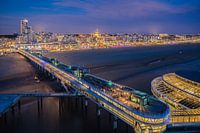 Scheveningen PierJeroen de Jongh Photography
Scheveningen PierJeroen de Jongh Photography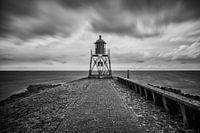 Lighthouse StavorenJeroen de Jongh Photography
Lighthouse StavorenJeroen de Jongh Photography April 25th BridgeJeroen de Jongh Photography
April 25th BridgeJeroen de Jongh Photography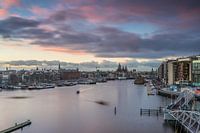 OosterdokJeroen de Jongh Photography
OosterdokJeroen de Jongh Photography Climb to the lightJeroen de Jongh Photography
Climb to the lightJeroen de Jongh Photography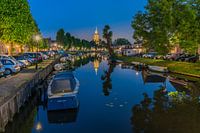 MonnickendamJeroen de Jongh Photography
MonnickendamJeroen de Jongh Photography Kissing Couple XXXLJeroen de Jongh Photography
Kissing Couple XXXLJeroen de Jongh Photography Sunrise at the TwiskeJeroen de Jongh Photography
Sunrise at the TwiskeJeroen de Jongh Photography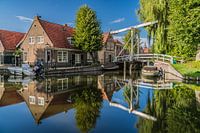 Zonnepad MonnickendamJeroen de Jongh Photography
Zonnepad MonnickendamJeroen de Jongh Photography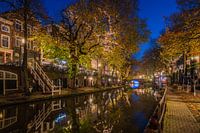 Oudegracht UtrechtJeroen de Jongh Photography
Oudegracht UtrechtJeroen de Jongh Photography Arnhem Central StationJeroen de Jongh Photography
Arnhem Central StationJeroen de Jongh Photography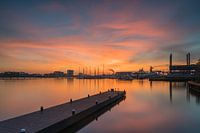 NDSM sunsetJeroen de Jongh Photography
NDSM sunsetJeroen de Jongh Photography Mill de Vlinder on a misty morning in the BetuweJeroen de Jongh Photography
Mill de Vlinder on a misty morning in the BetuweJeroen de Jongh Photography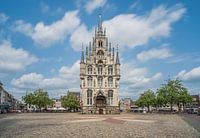 Town Hall of Gouda at the MarketJeroen de Jongh Photography
Town Hall of Gouda at the MarketJeroen de Jongh Photography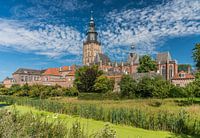 Swans at the skyline of ZutphenJeroen de Jongh Photography
Swans at the skyline of ZutphenJeroen de Jongh Photography Magical sunrise at the Amstelveense PoelJeroen de Jongh Photography
Magical sunrise at the Amstelveense PoelJeroen de Jongh Photography Sunrise in the cherry blossom park of the Amsterdamse BosJeroen de Jongh Photography
Sunrise in the cherry blossom park of the Amsterdamse BosJeroen de Jongh Photography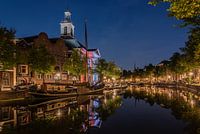 Peace and quiet at Schiedam's Lange HavenJeroen de Jongh Photography
Peace and quiet at Schiedam's Lange HavenJeroen de Jongh Photography
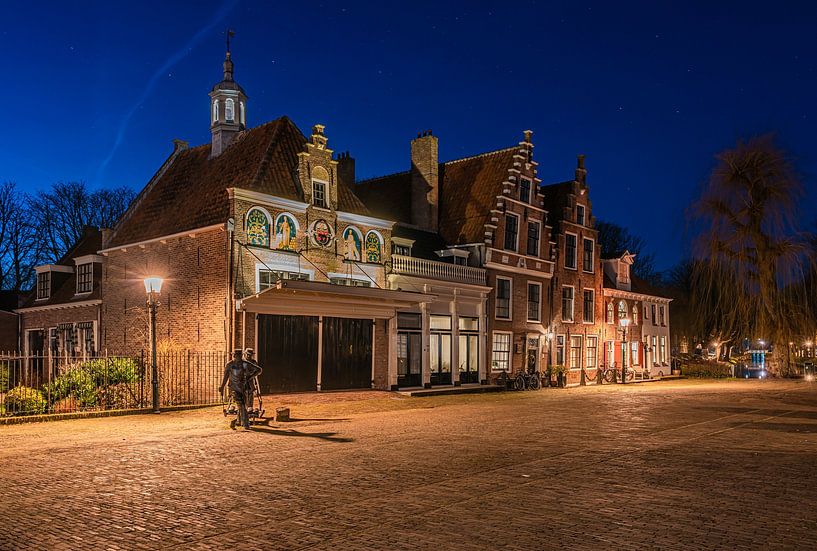












 Blue hour
Blue hour Cheese
Cheese Enchanting and Magical
Enchanting and Magical Europe
Europe North Holland
North Holland Photo wallpaper
Photo wallpaper Photography
Photography Sculptures
Sculptures Serene Peace
Serene Peace The Netherlands
The Netherlands Trees
Trees









